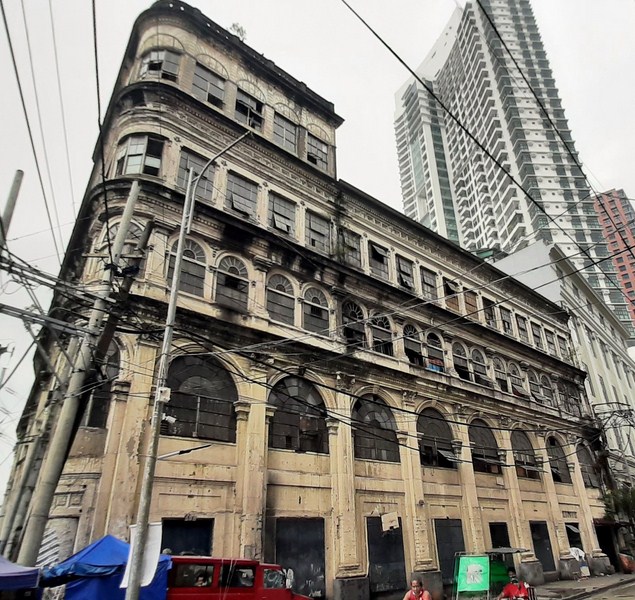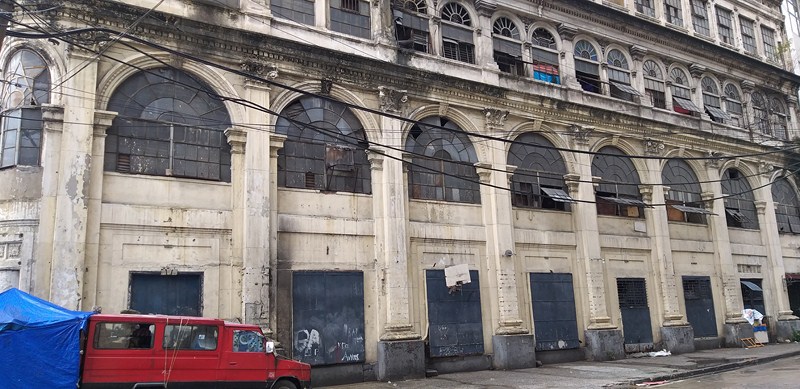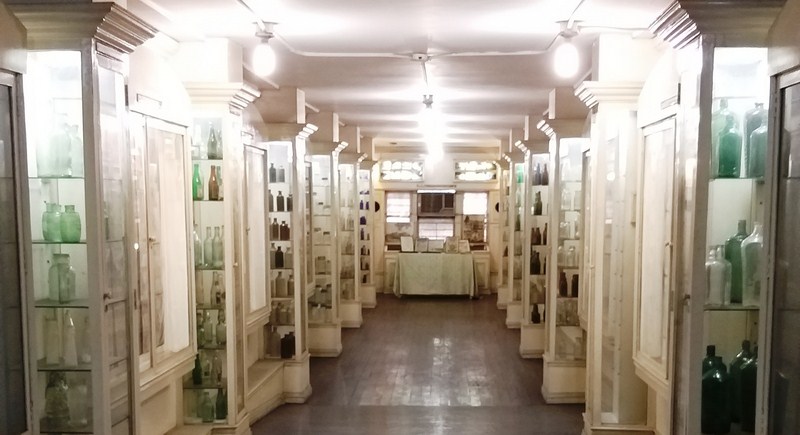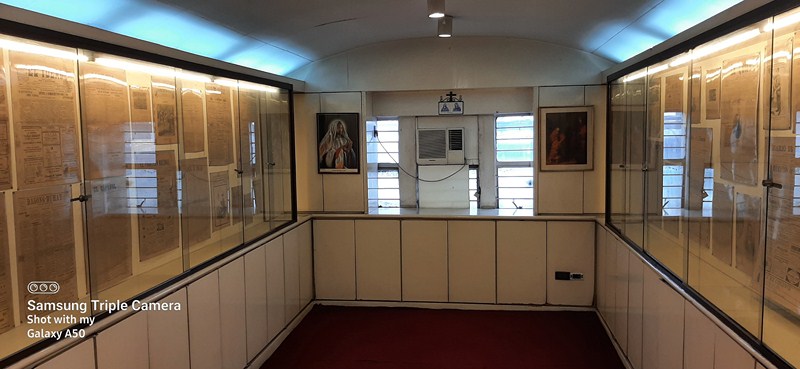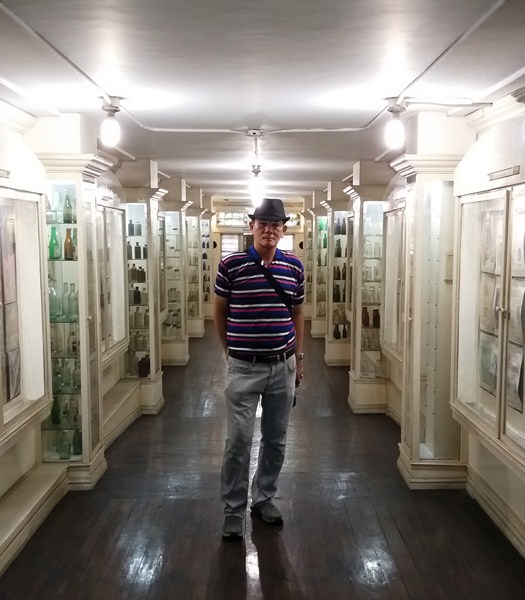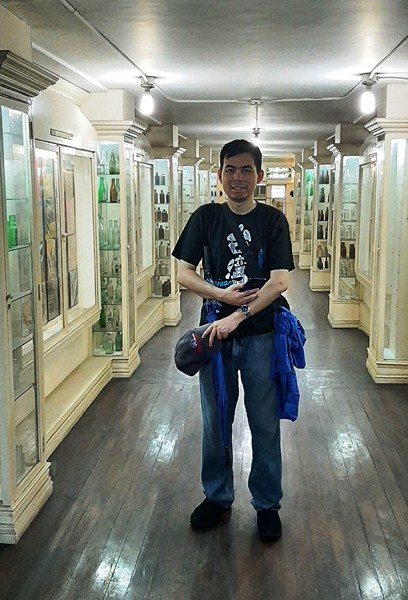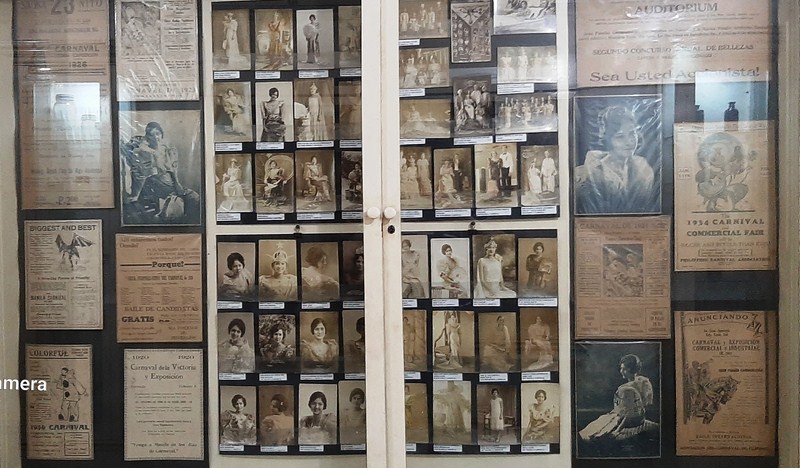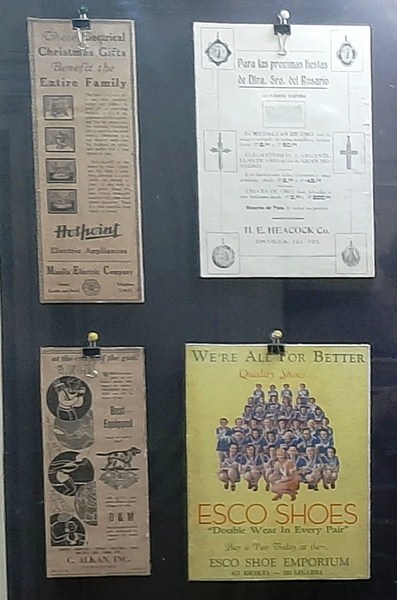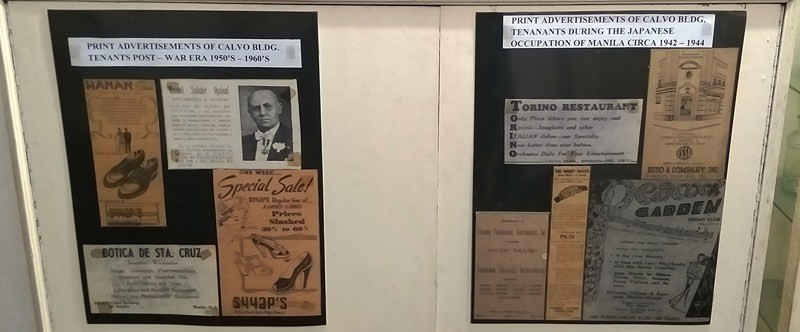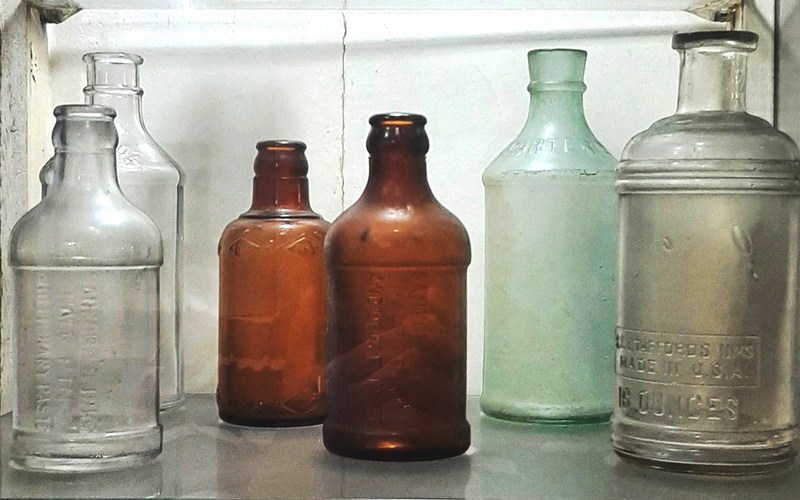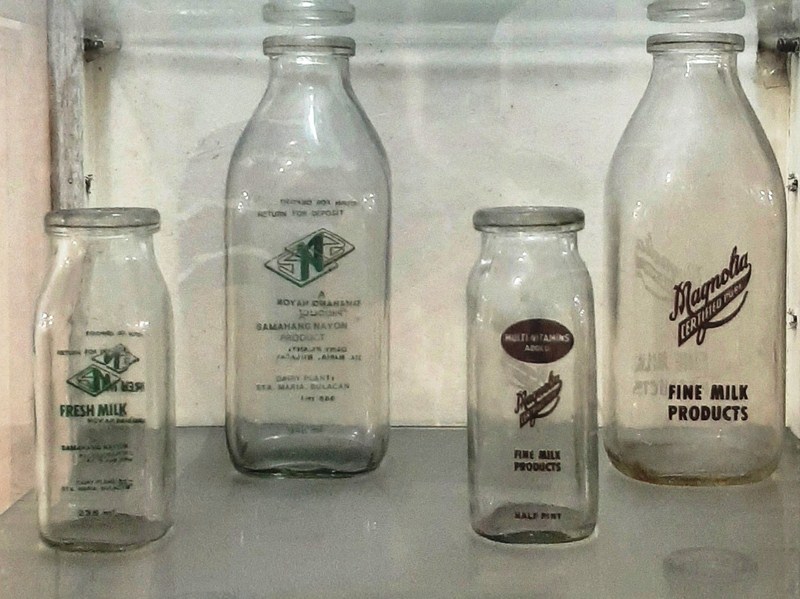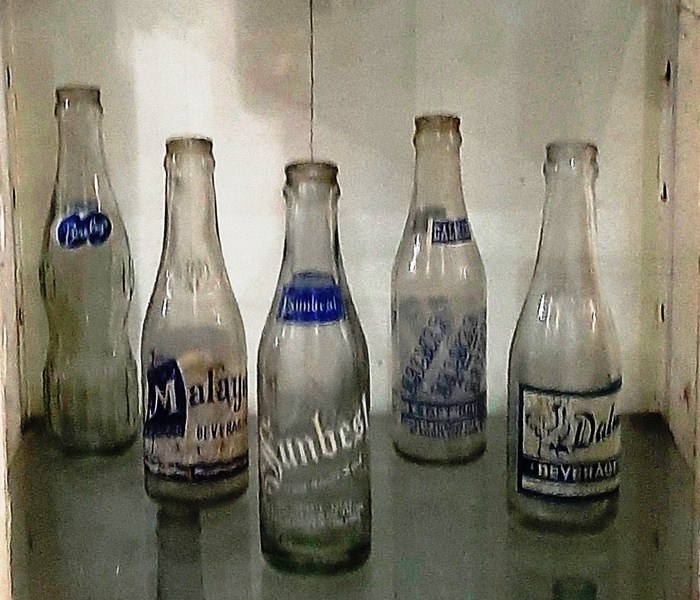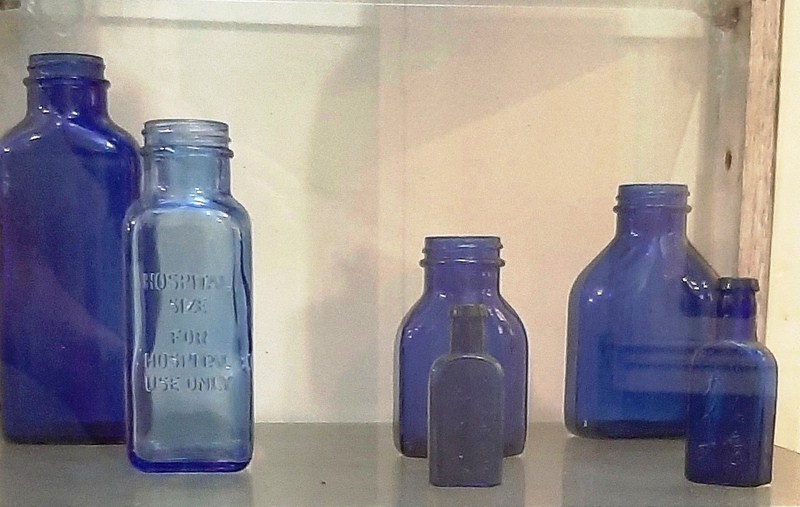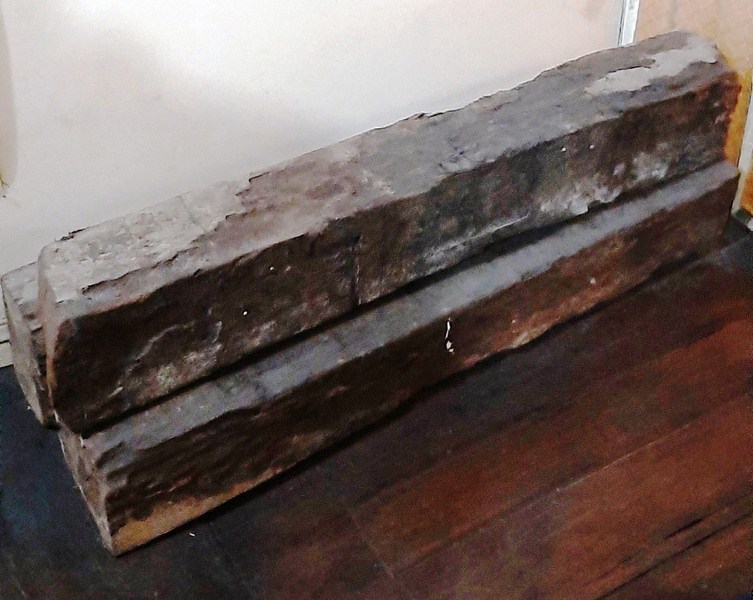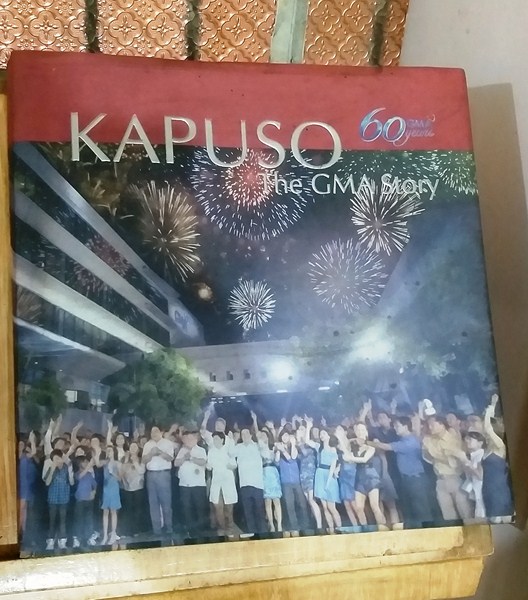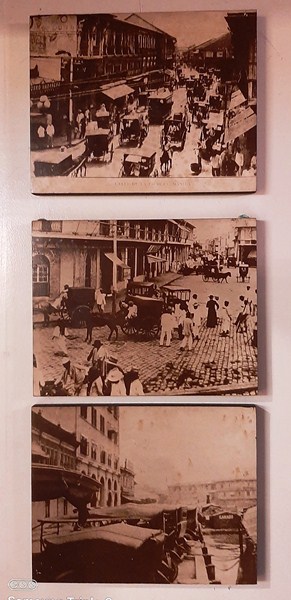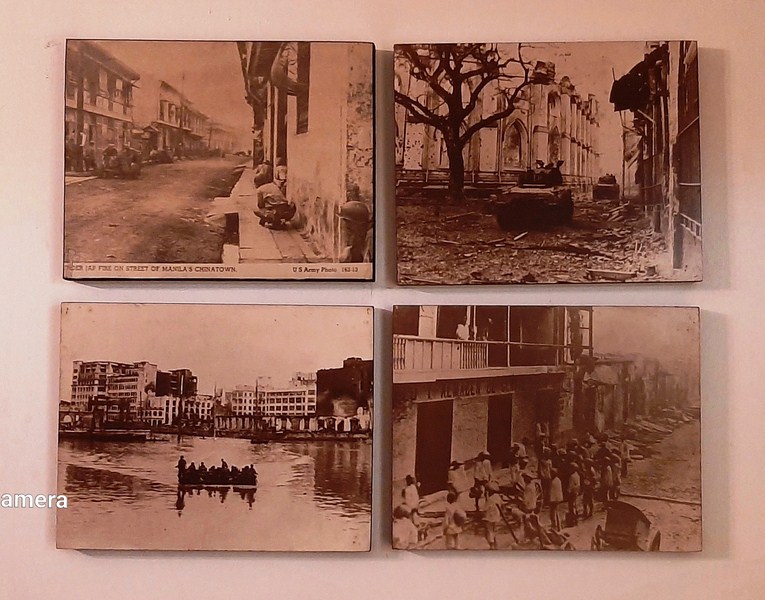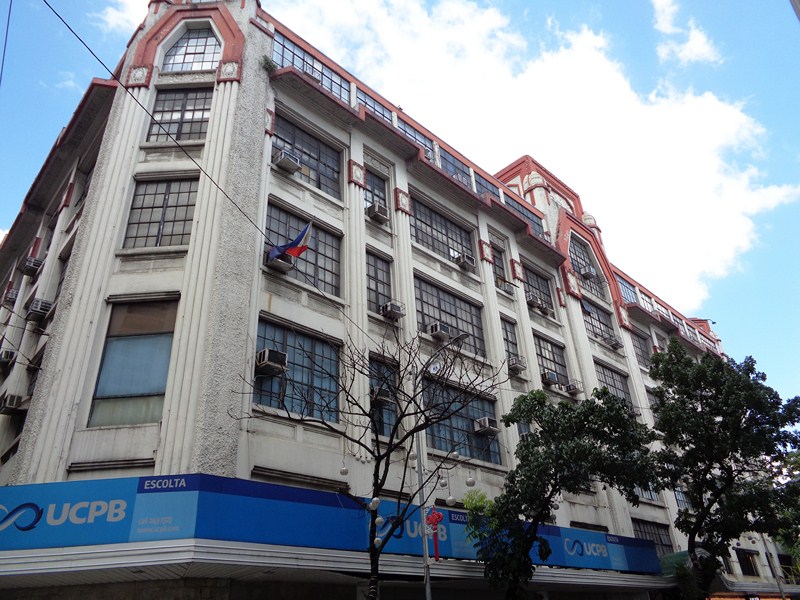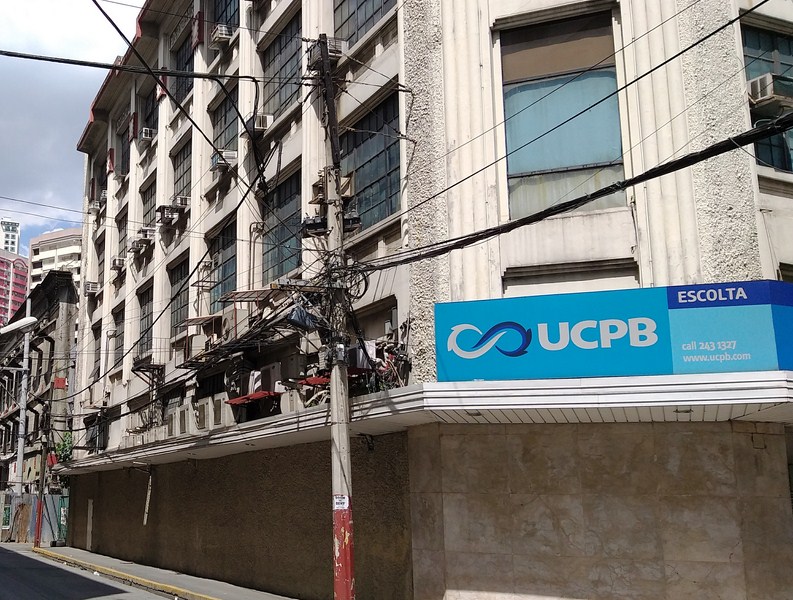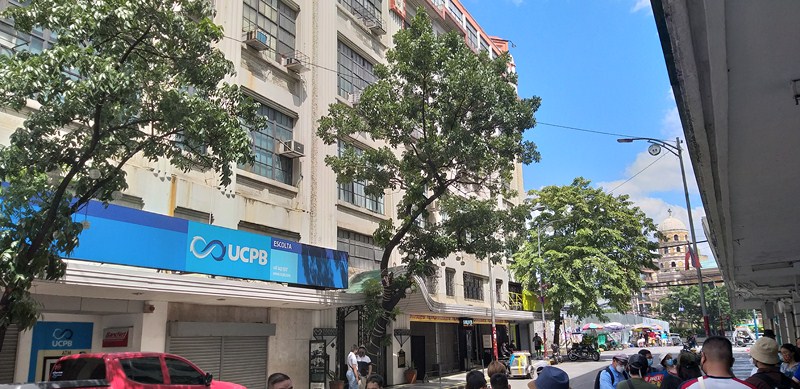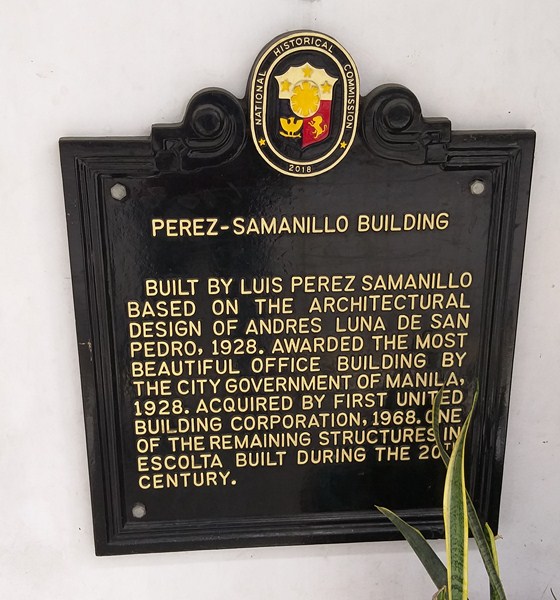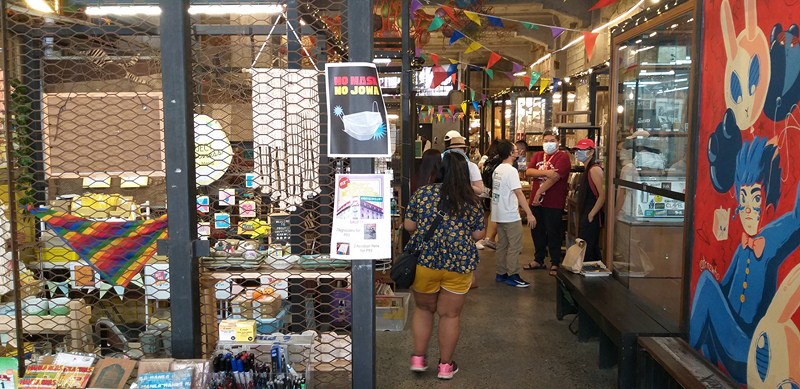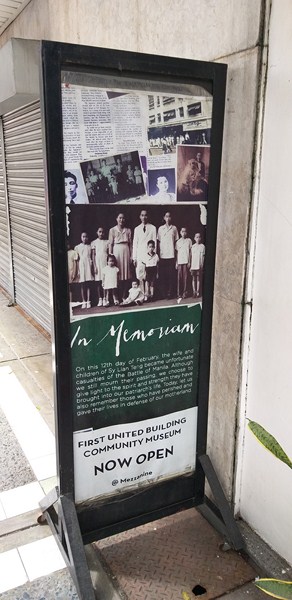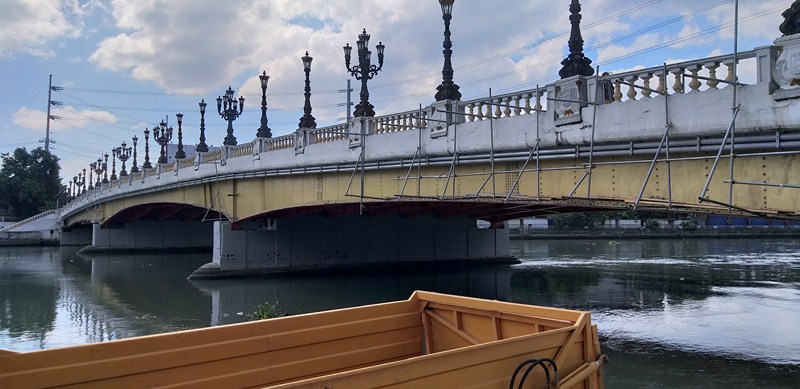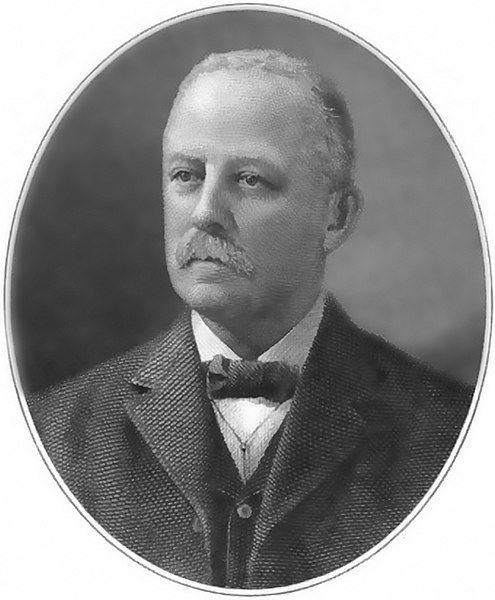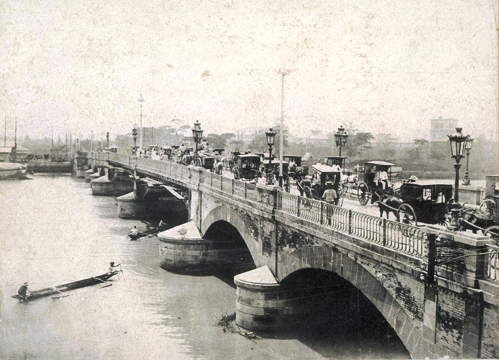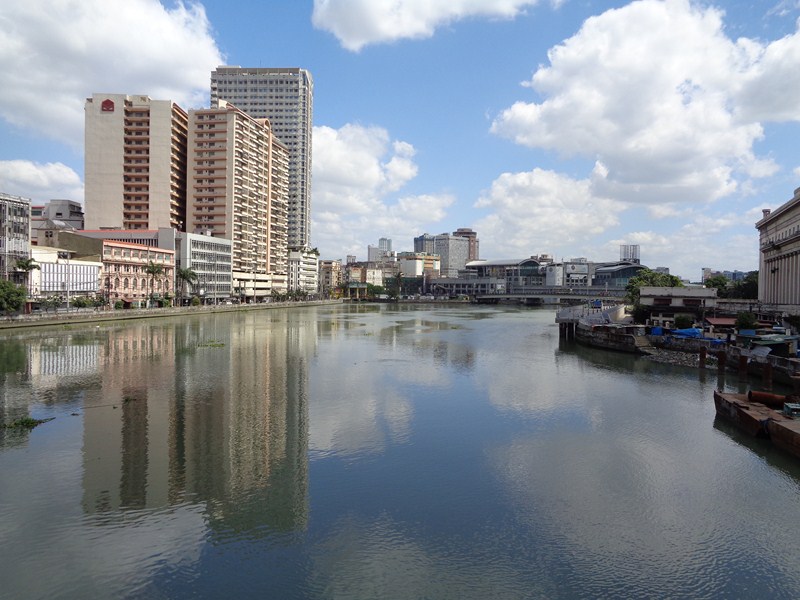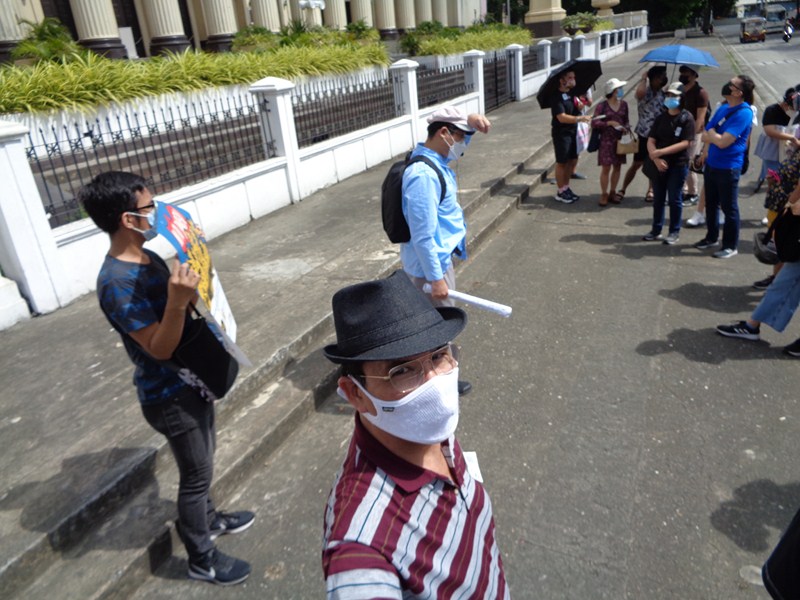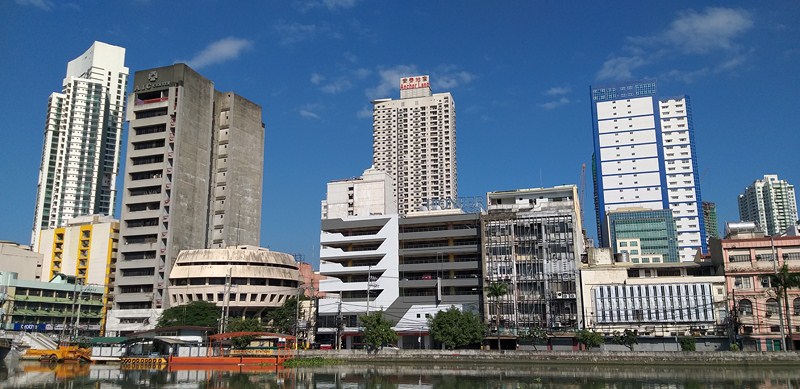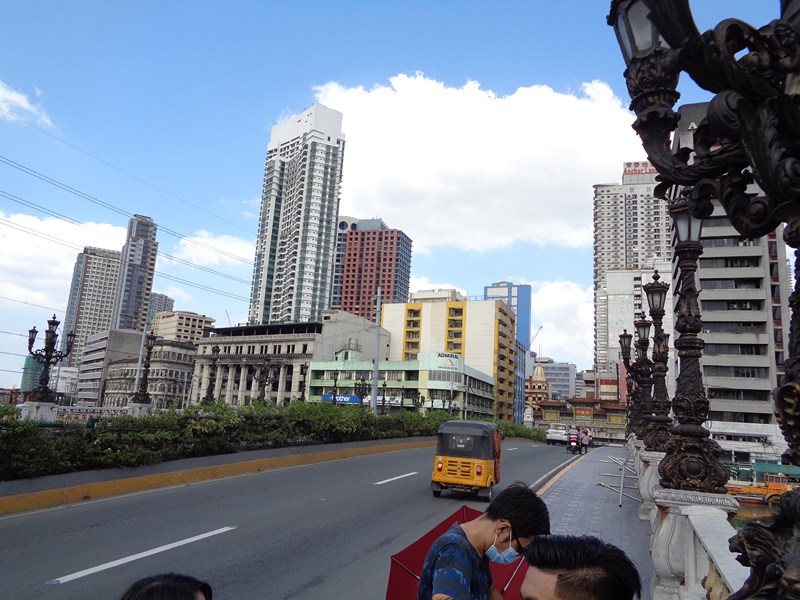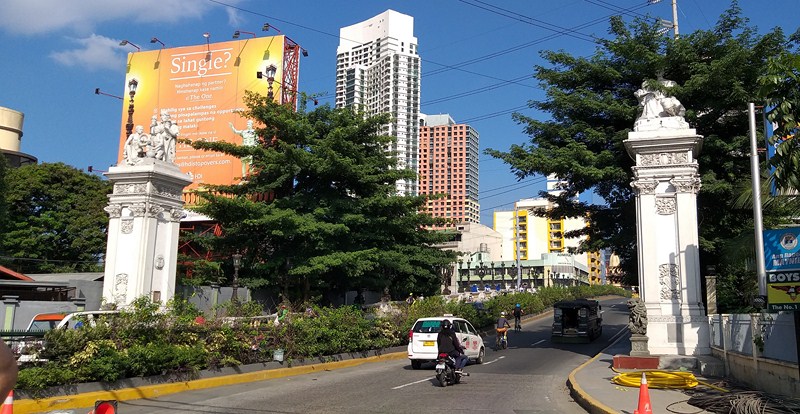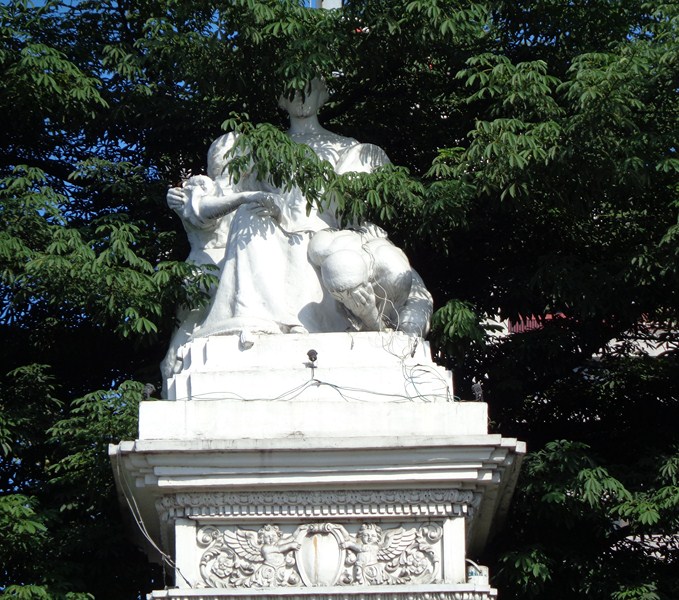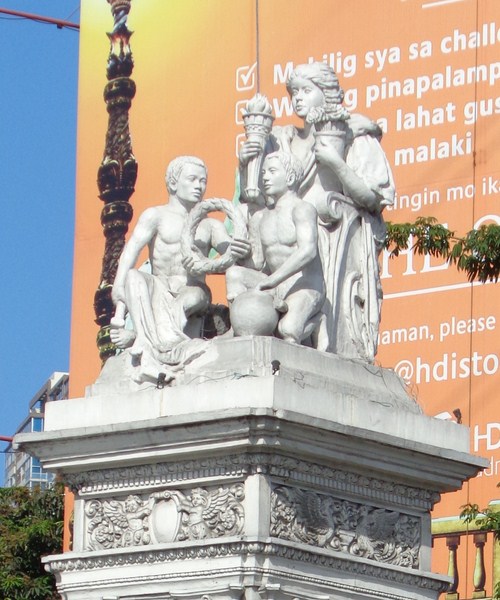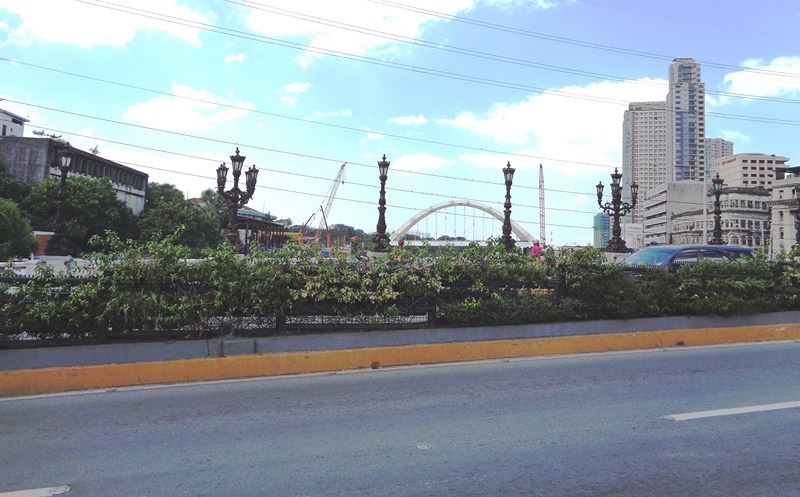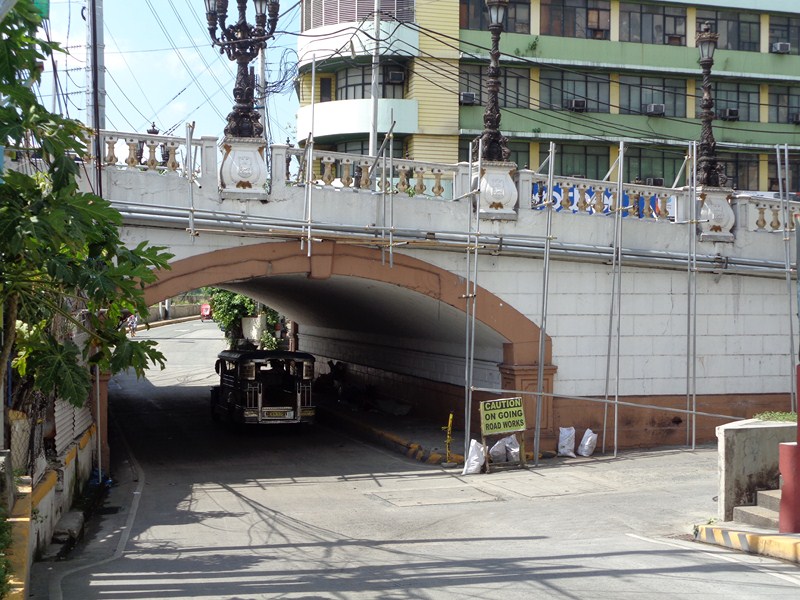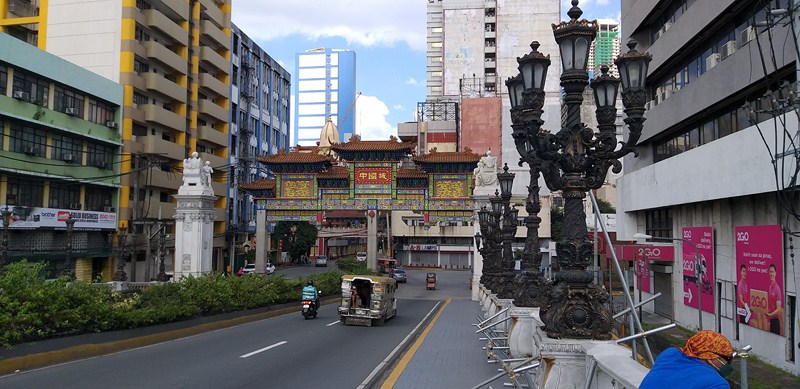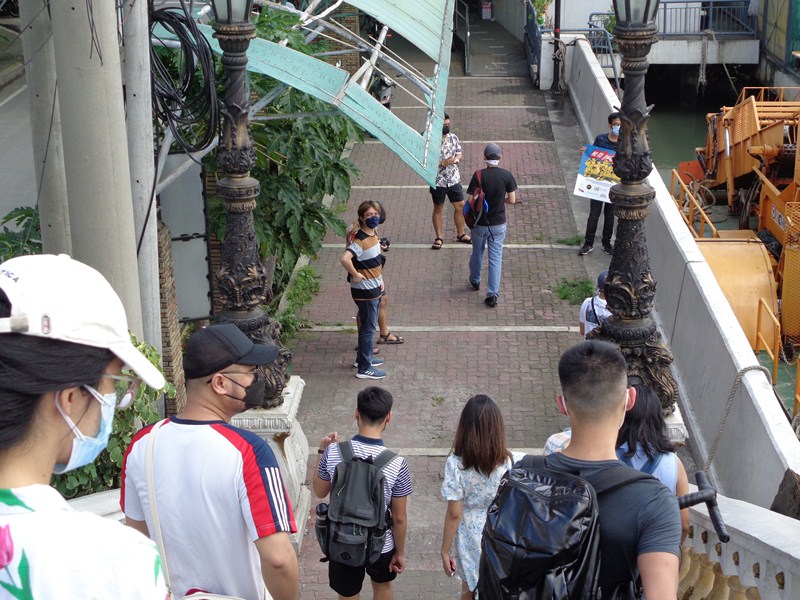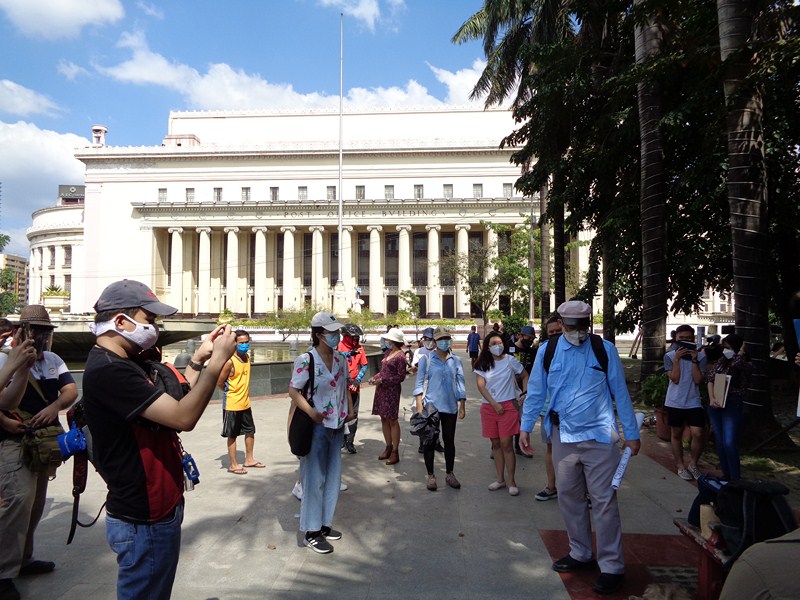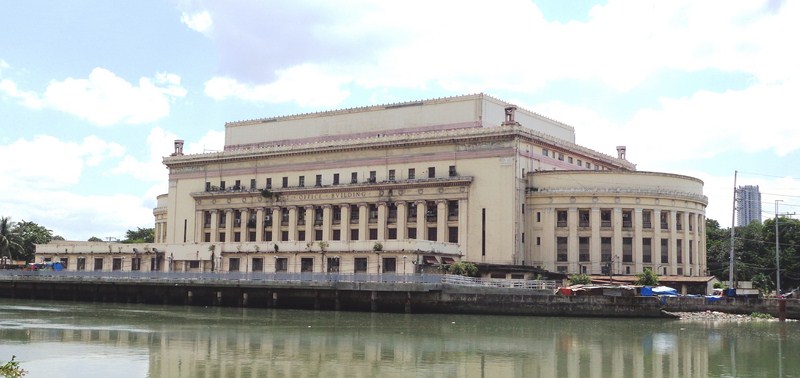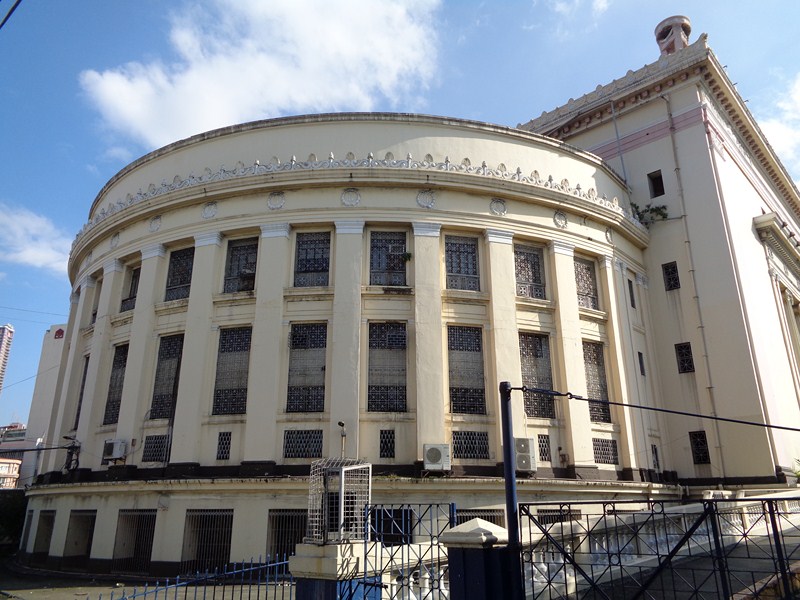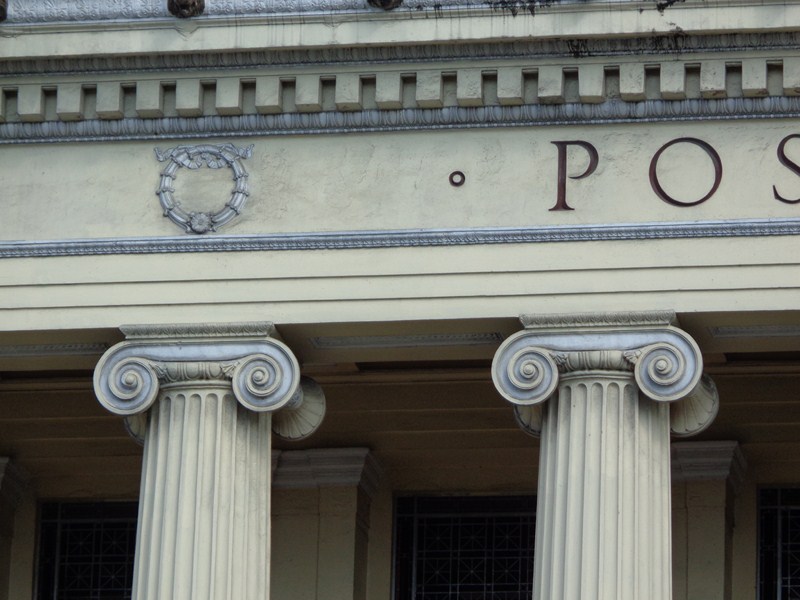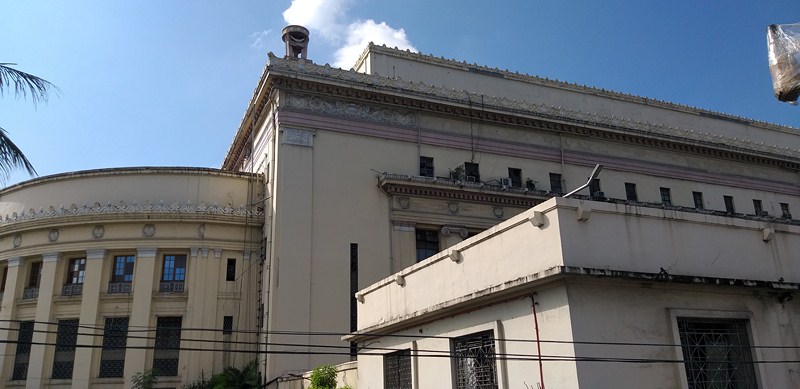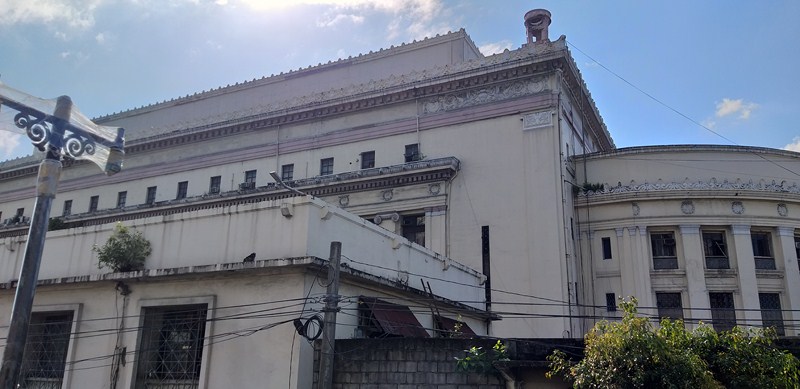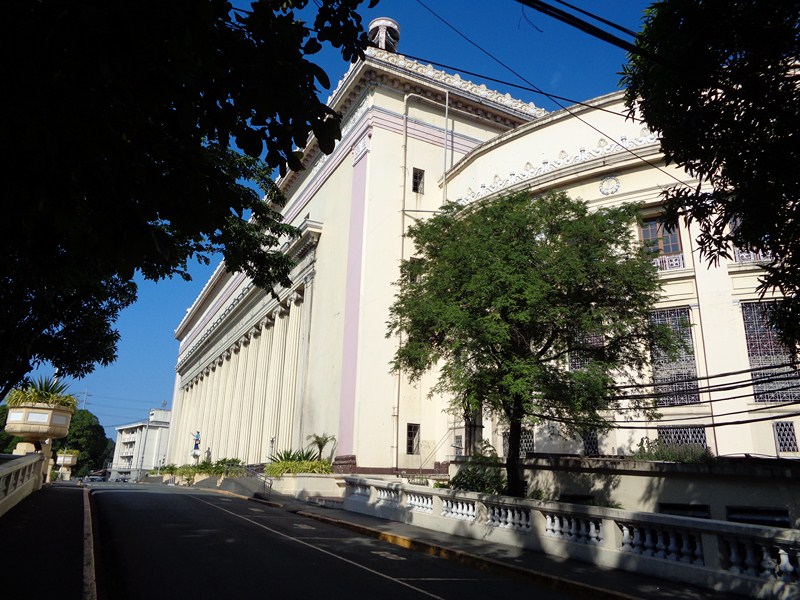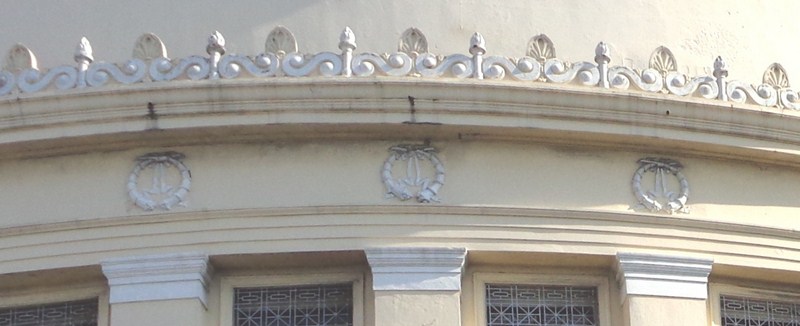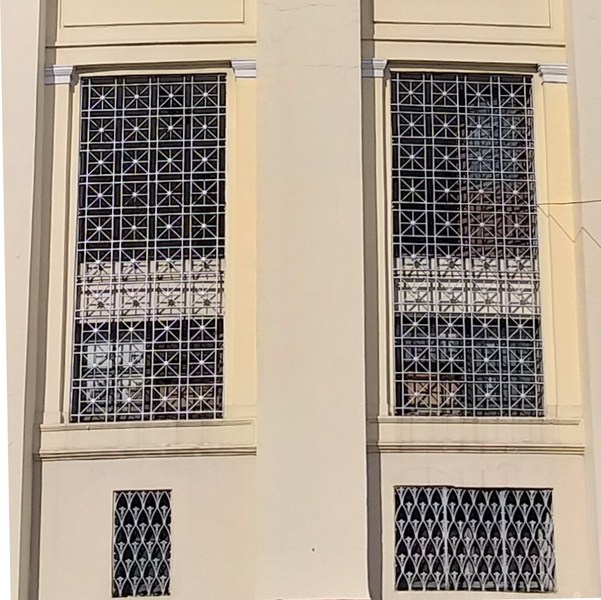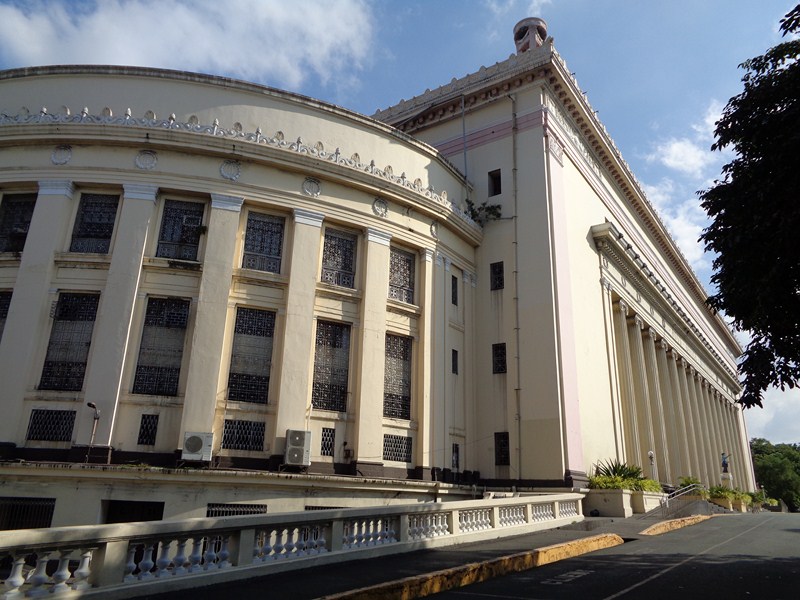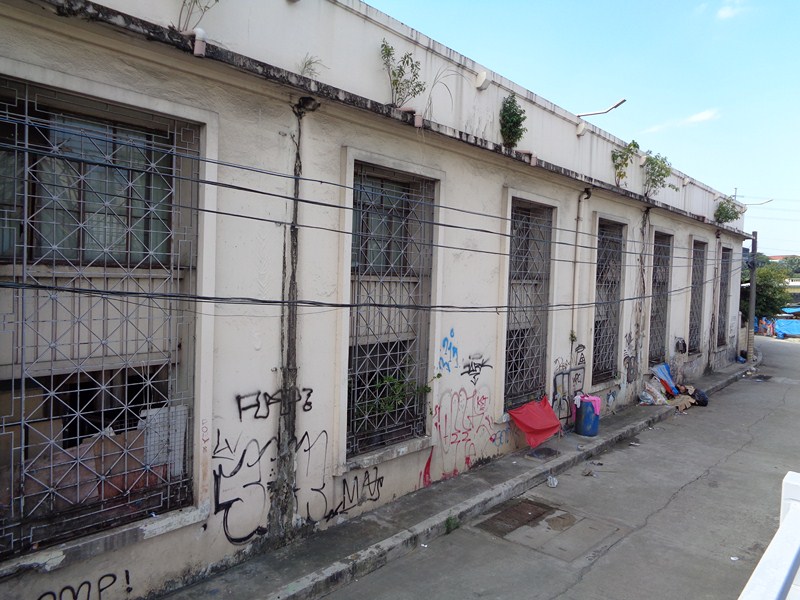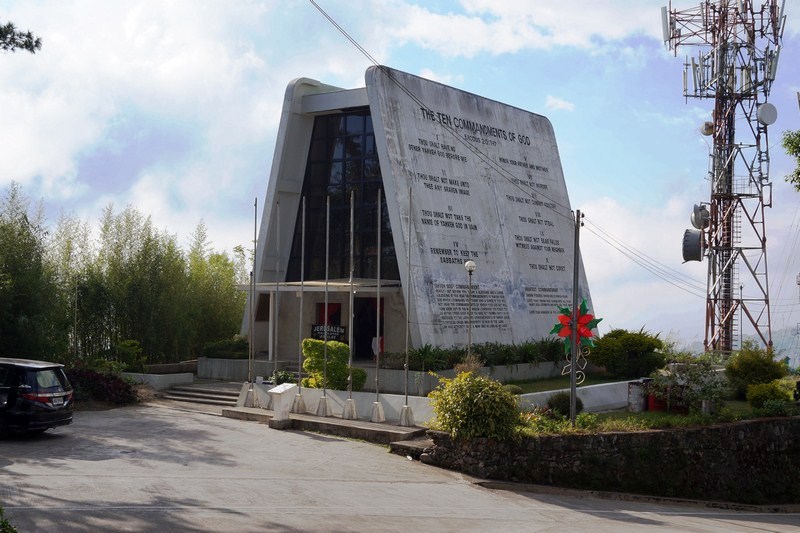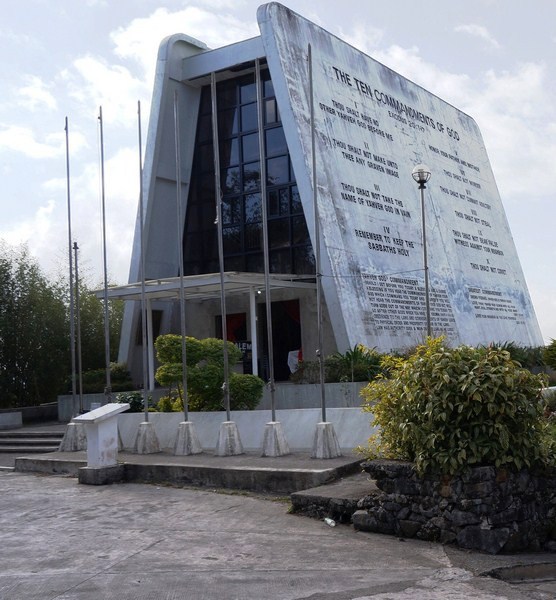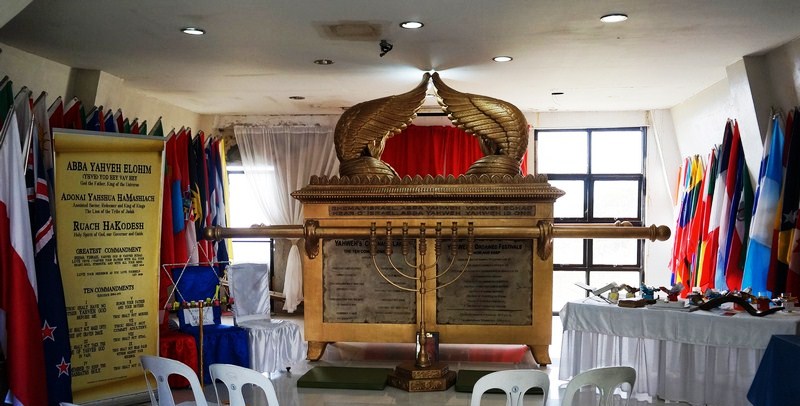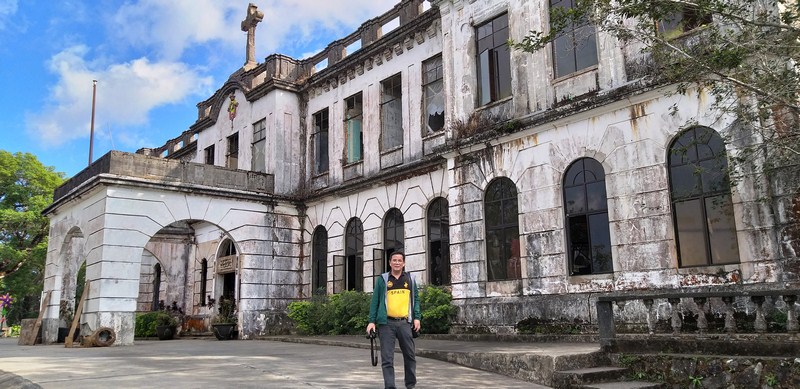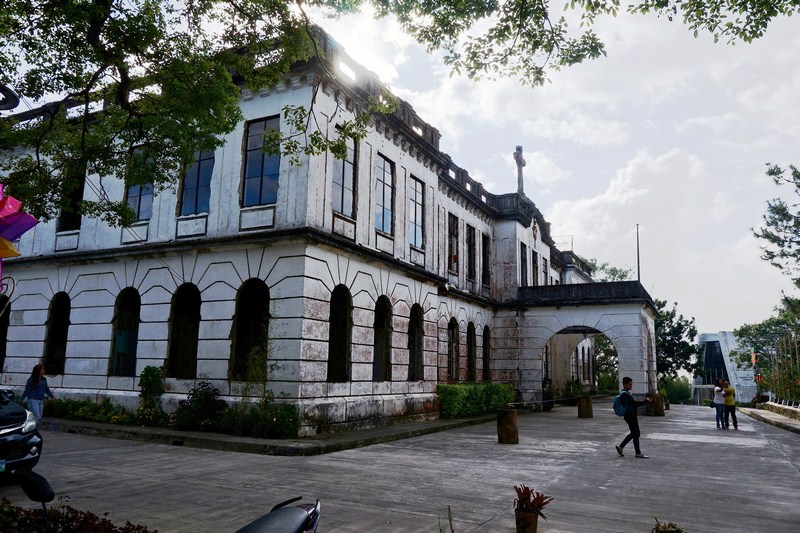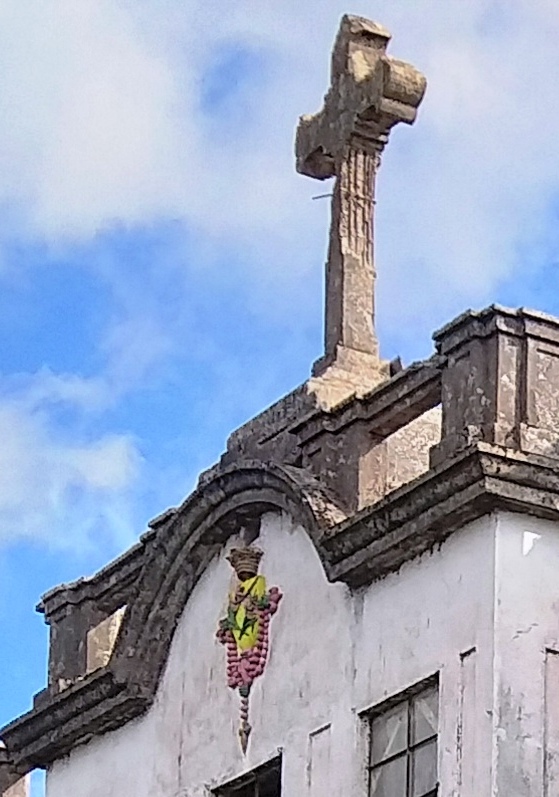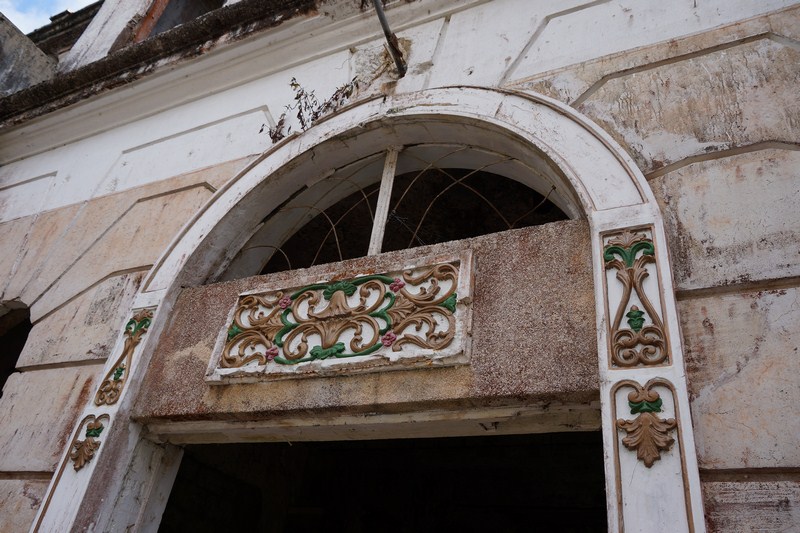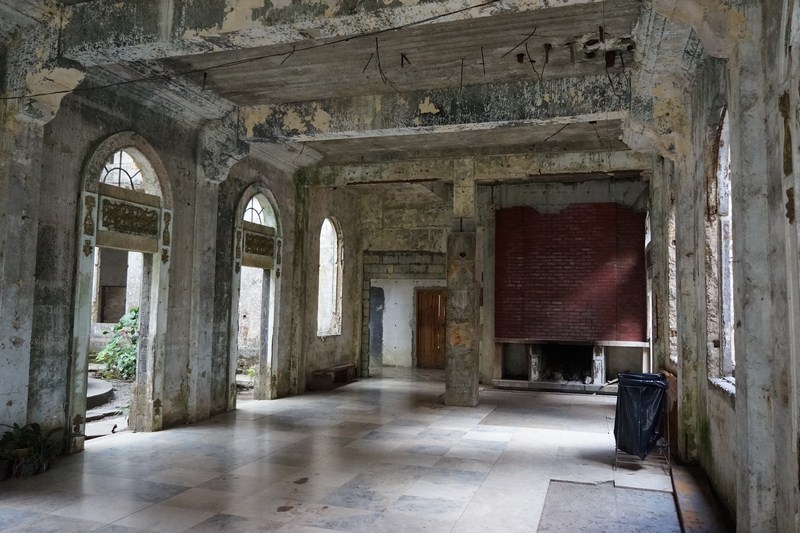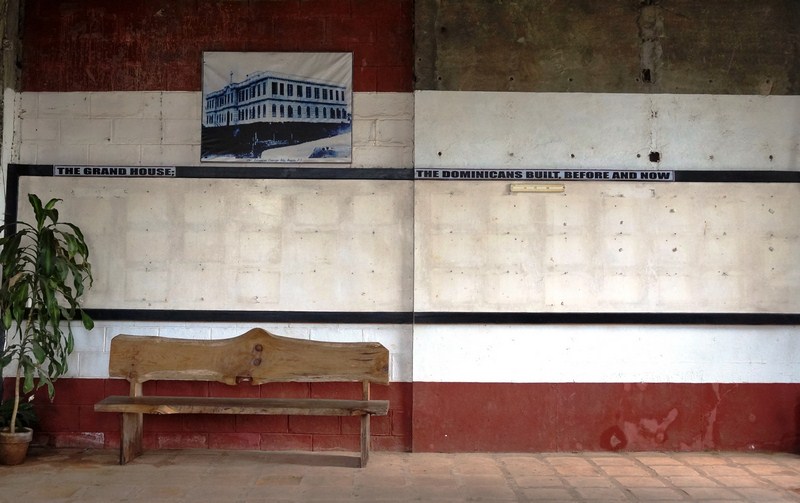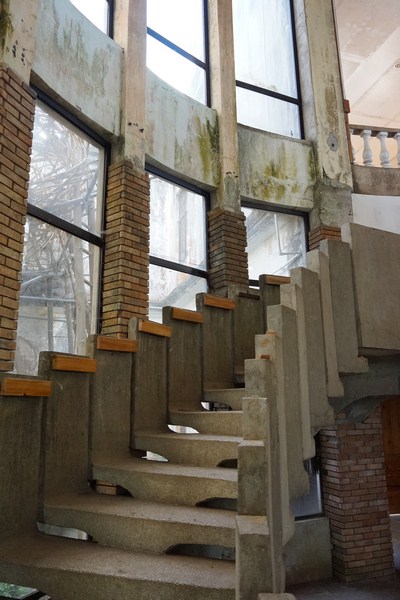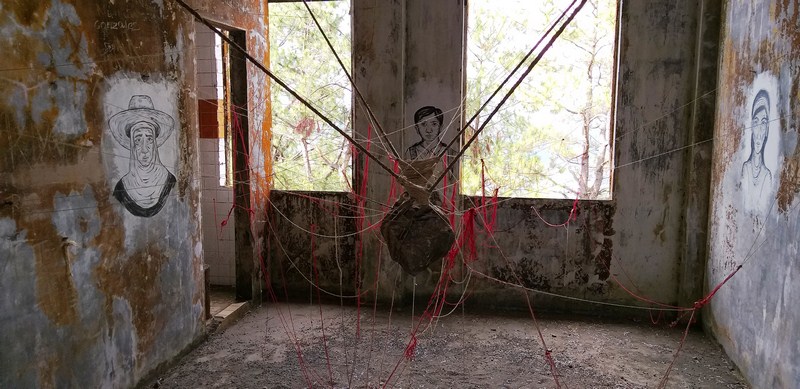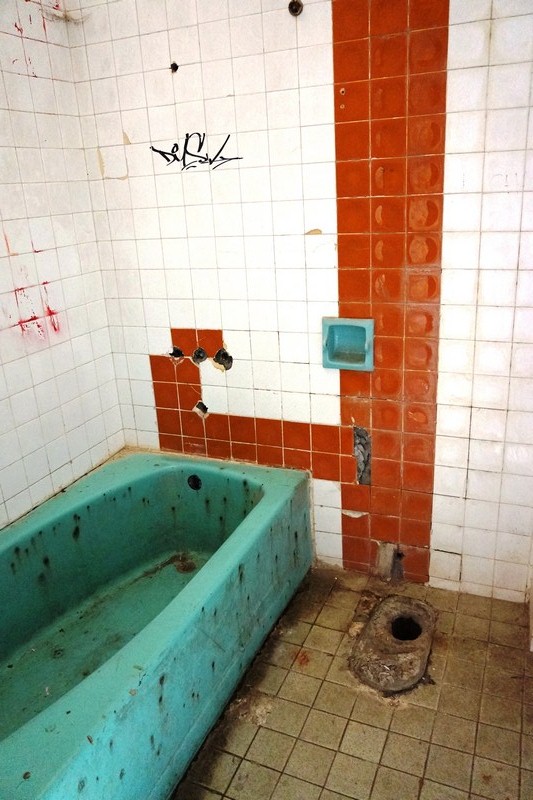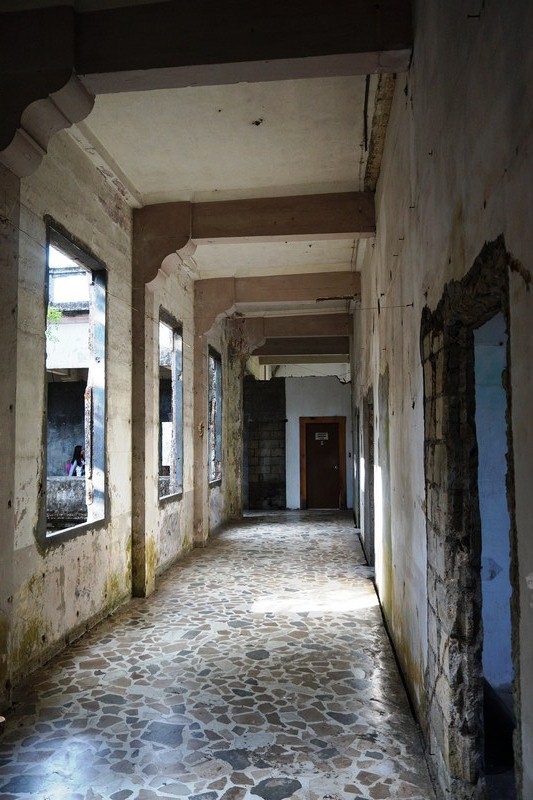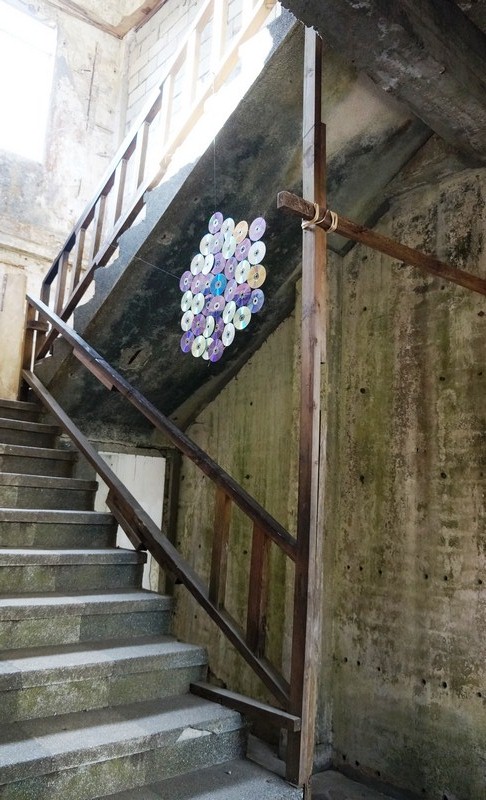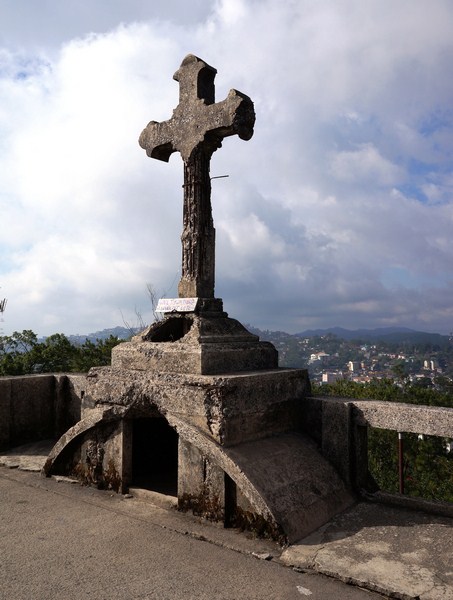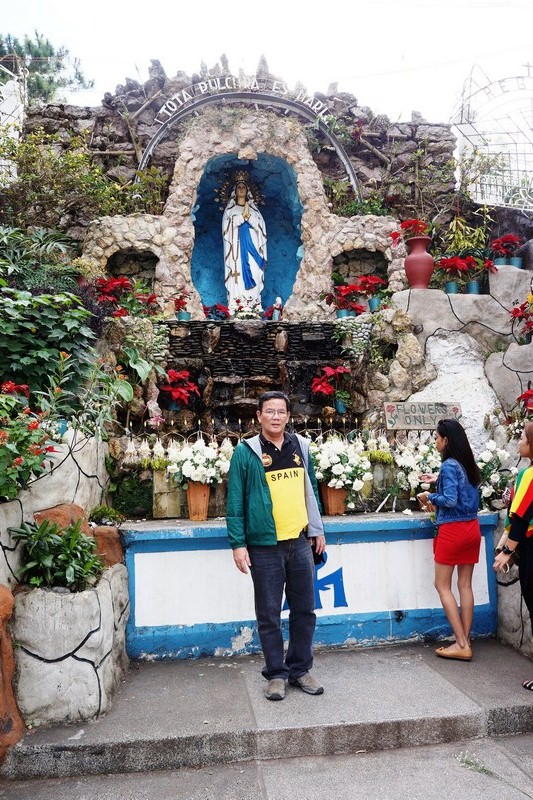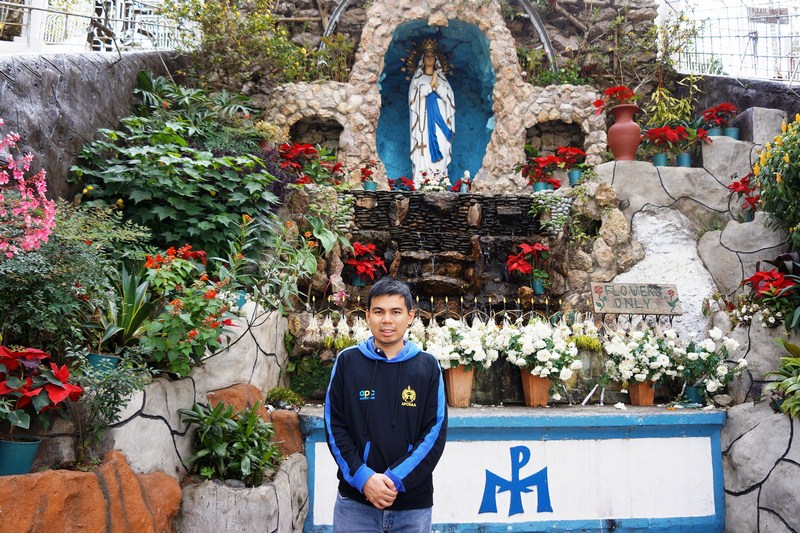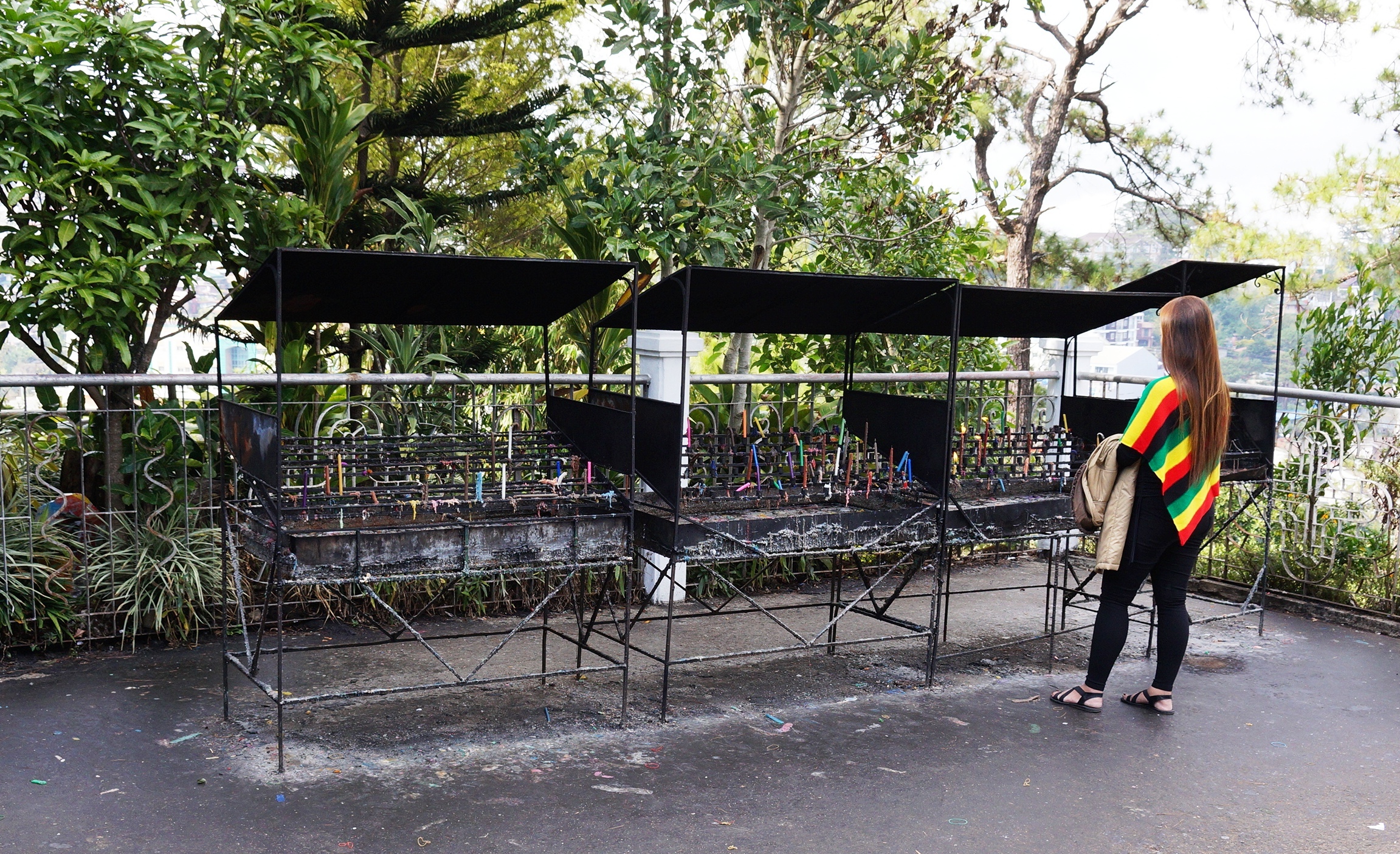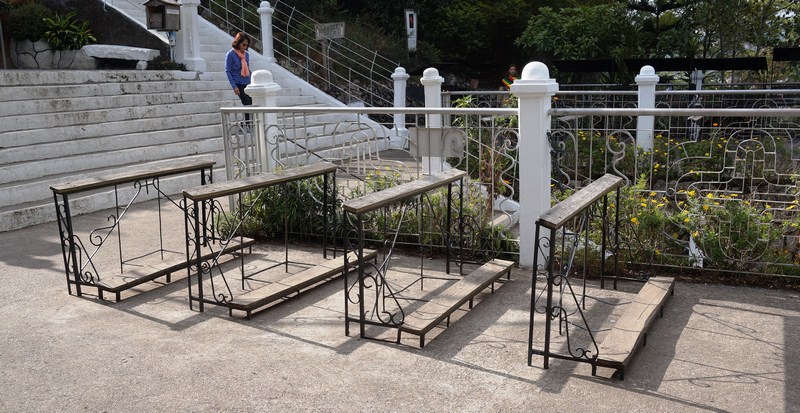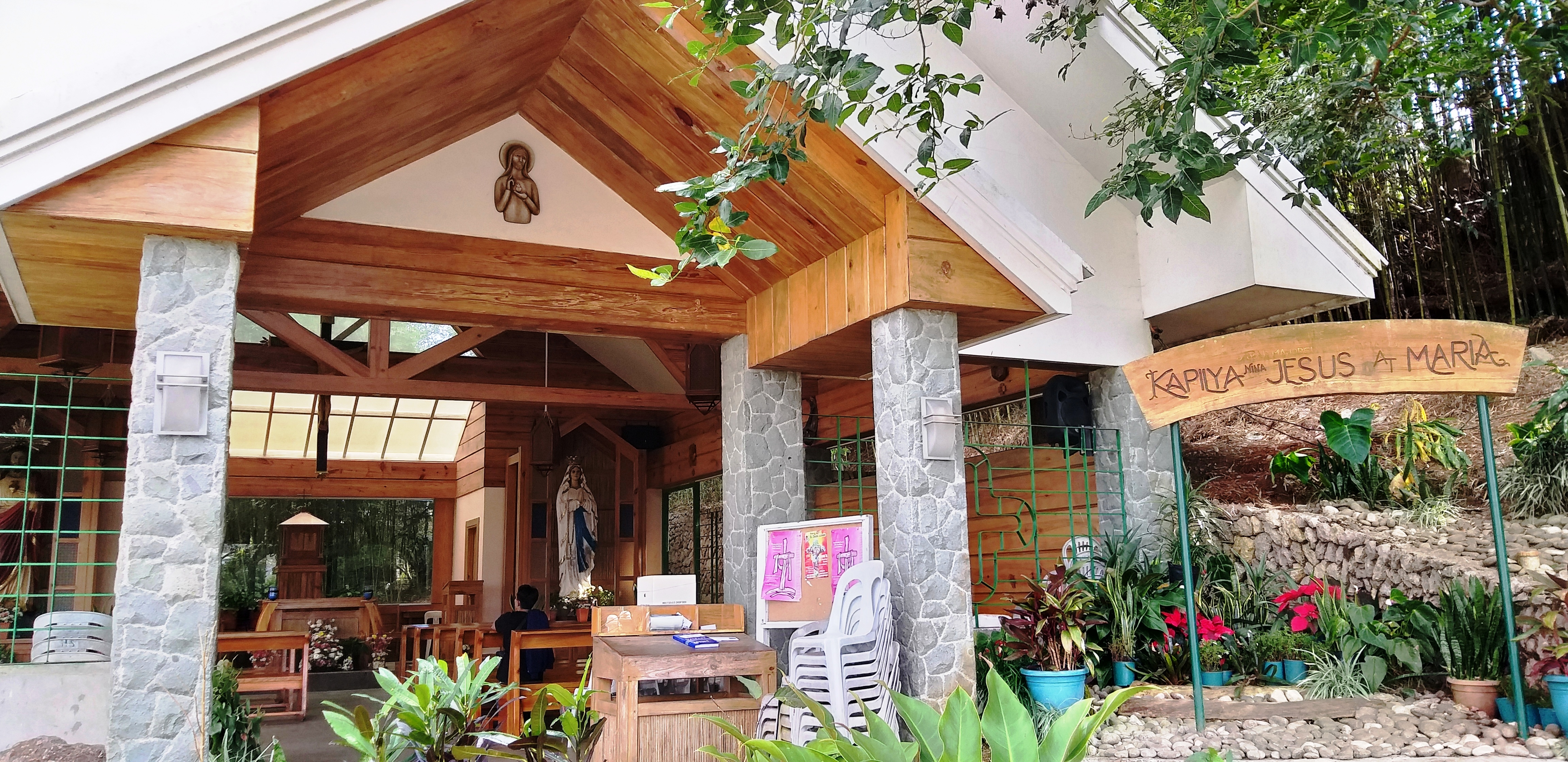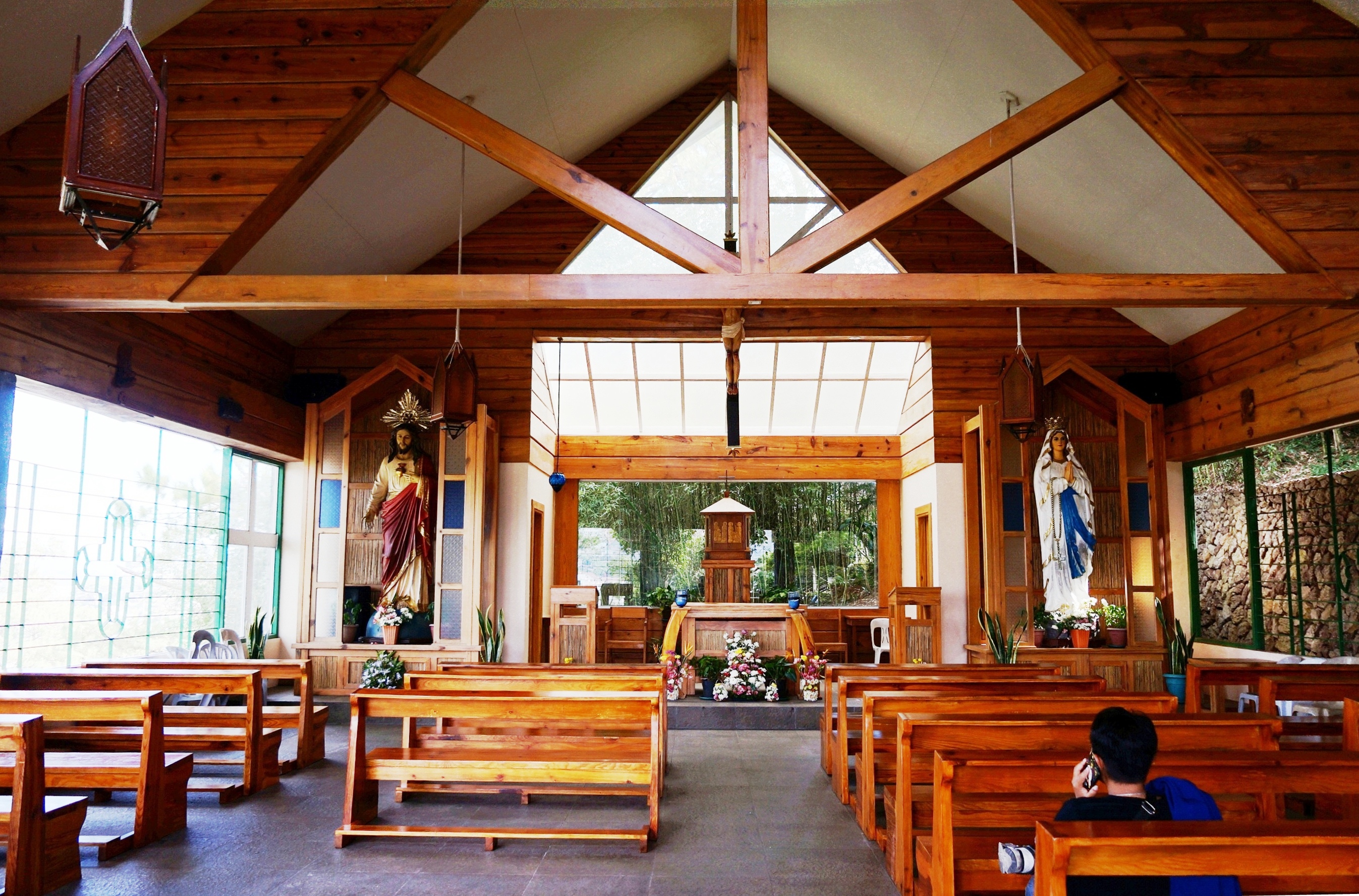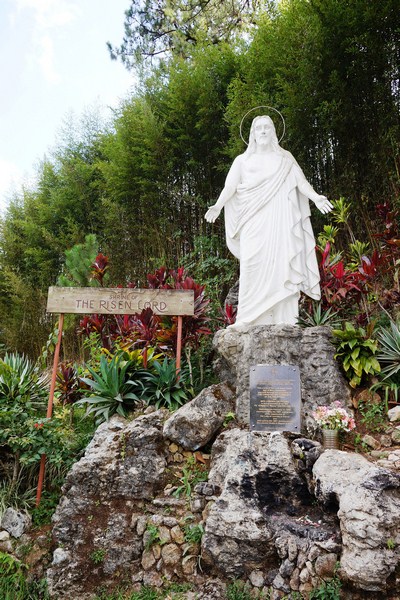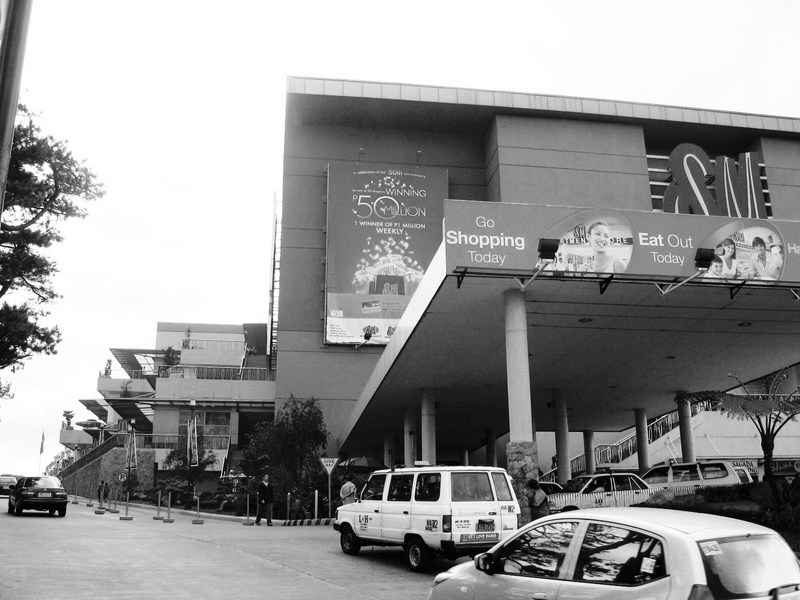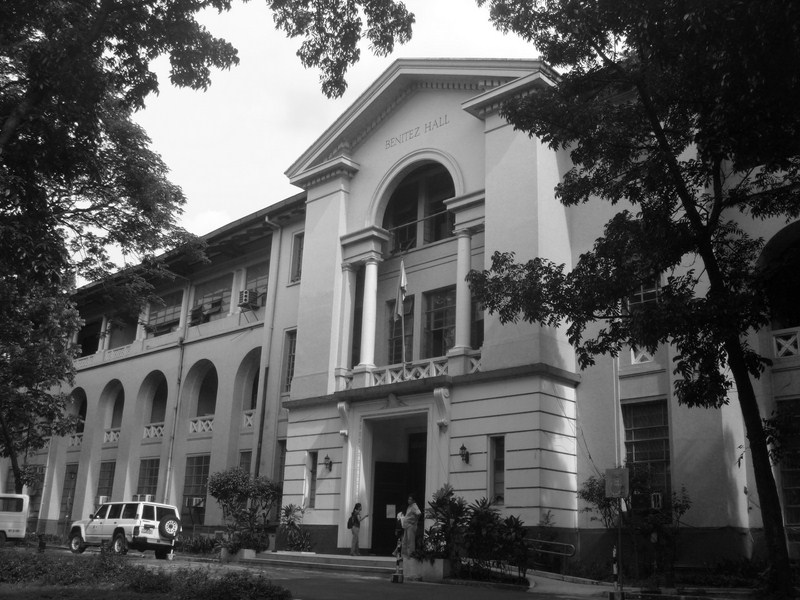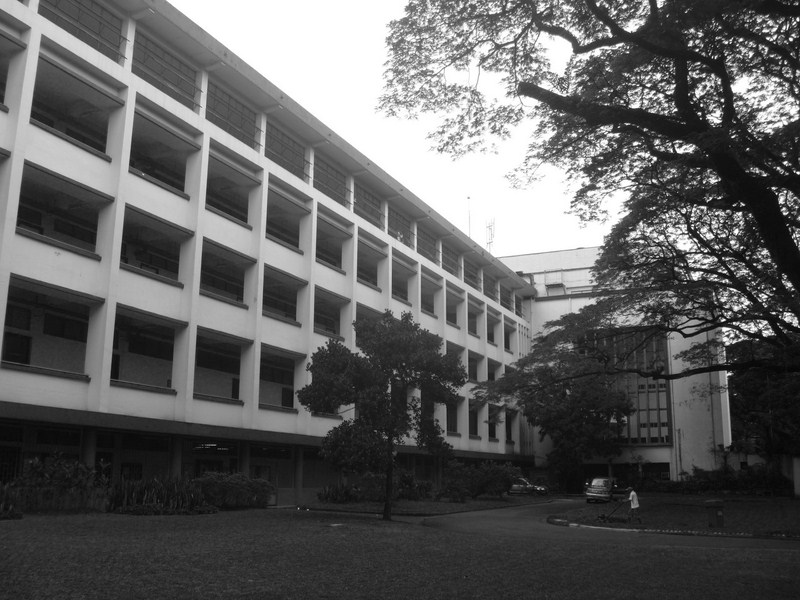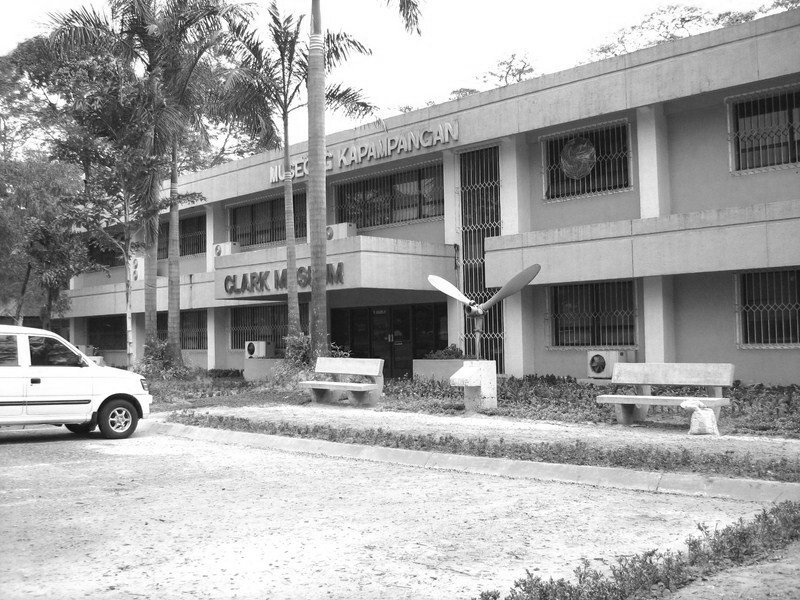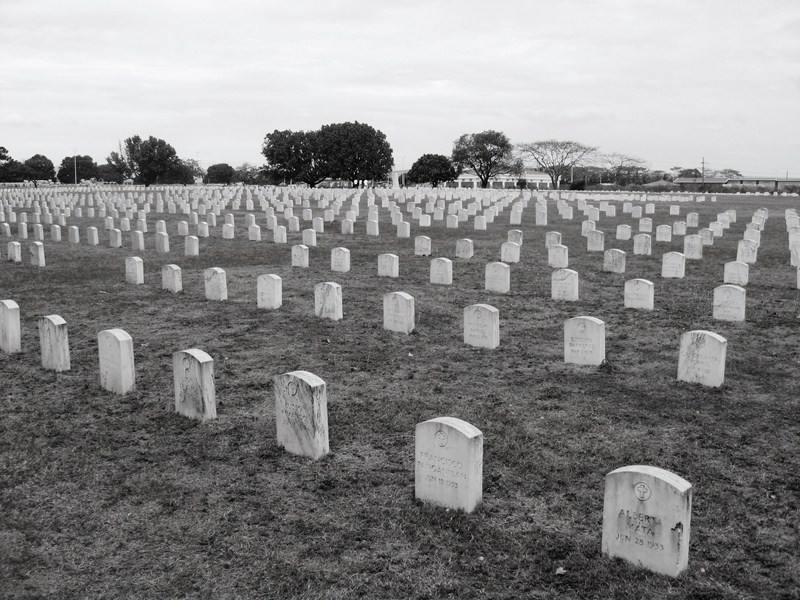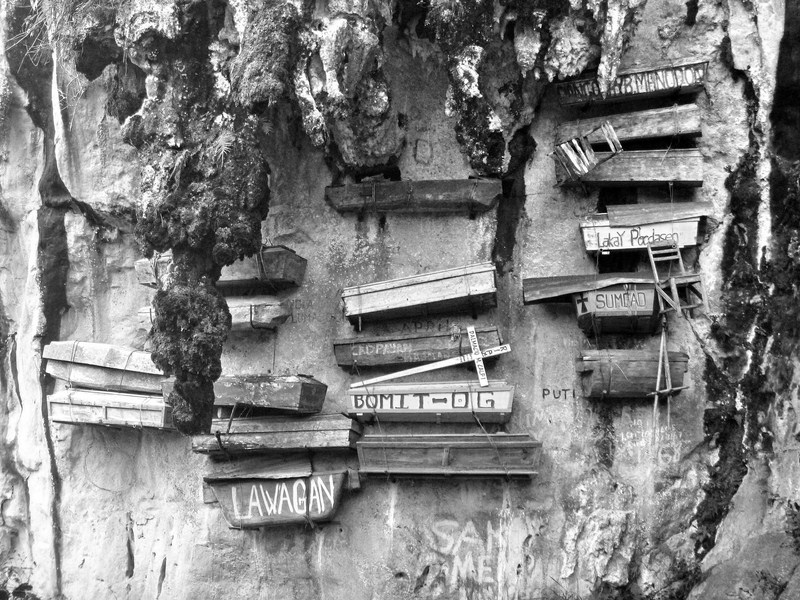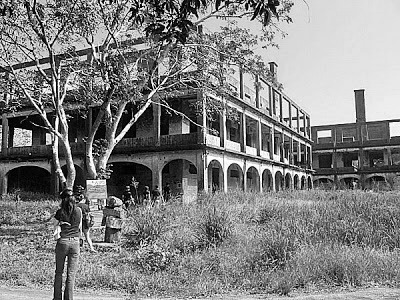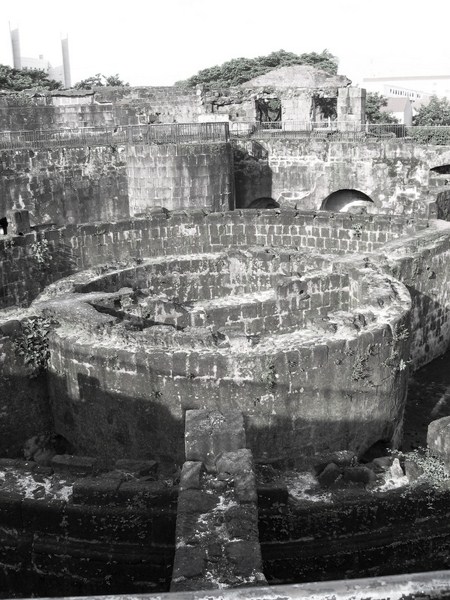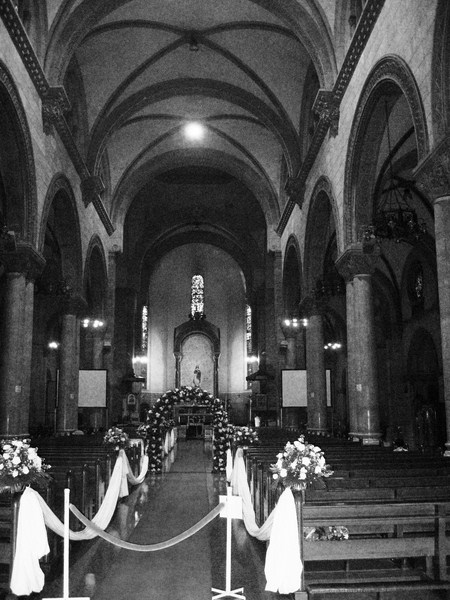The historic, five-storey Pacific Commercial Company Building, also known as the Juan Luna Building, Juan Luna Plaza, the First National City Bank (now Citibank) Building and the Ayala Building, was built in the 1920s. Designed by American architects Murphy, McGill and Hamlin of New York City and Shanghai, it was built at a cost of two million pesos, finished by July 1922 and inaugurated on November 13, 1922.
Later bought by Enrique Zobel, the building was known as the “Ayala Building” from 1940 to 1959. In 2007, LBC Properties Inc. led a renovation of the building. The First National City Bank also occupied the building.
In 2009, the building was bought by businessman Carlos Araneta who planned to the building to host a business process outsourcing company. The building underwent renovation in 2012 and was meant to be named as the Juan Luna e-Services Building. The facade of the building was preserved. However lack of investors hindered Araneta’s plan and the Juan Luna Building was purposed as a mixed-used building that also serves as a living museum.
Past midnight of May 28, 2018, a fire broke out at the nearby Land Management Bureau Building. By 8 AM (PST +8:00), the fire has reached the Juan Luna Building and the fire affected the third floor and portions of the fourth floor. The fire, put out around 4 PM, also affected the 150 Plaza Cervantes Building, the Moraga Mansion and the National Archives of the Philippines office (although the agency stated that no historical documents were burnt since it keeps these in their offices in Paco and Ermita). Due to the timing of the start of the fire, the incident is suspected to be caused by arson.
Occupying an approximately 1,800 sq. m. (19,000 sq. ft.), irregularly shaped corner lot adjacent to El Hogar, it has a frontage of 43 m. (141 ft.), along General Luna St., and 46 m. (151 ft.) along Muelle de la Industria, along the Pasig River.
Check out “El Hogar Filipino Building”
The building’s design is derived from the trademark architectural features set by the International Banking Corporation of New York for its overseas branches. The bank’s prototype, made up of a row of colossal columns in antis, was faithfully reproduced for its Manila headquarters. The ground floor, with arched openings with fanlights emphasized by stones forming the arch, was fully rusticated to effect a textured finish. Lintels, resting on consoles, adorned the main doors.
Six three-storey high, engaged Ionic columns, dominating the south and west facades above the ground floor, end in an entablature topped by a cornice and are flanked by a pair of pilasters on both fronts. The slightly indented fifth floor is also topped by an entablature crowned by strip of anthemion.
Pacific Commercial Company Building: Juan Luna St. cor. Muelle de la Industria, Binondo, Manila.




